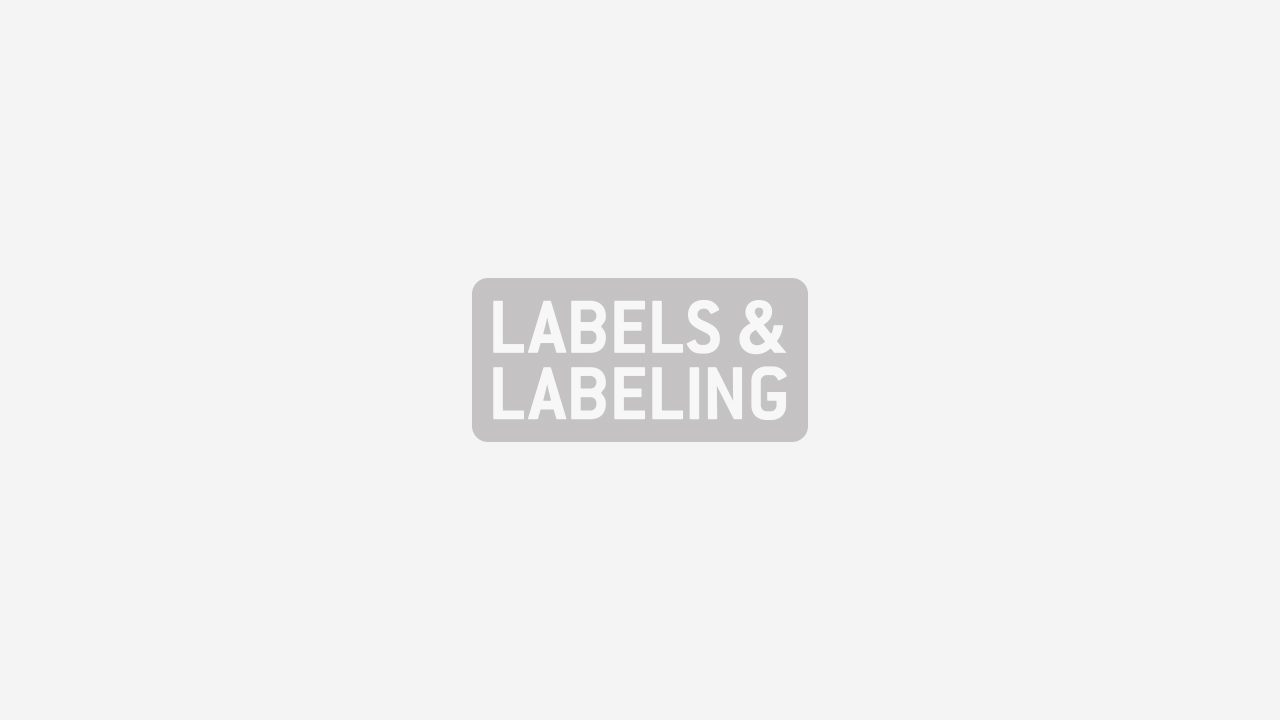China forges a new path

Kevin Liu explains how China's label market is adapting to global challenges
In the past few years, China’s label market has grown rapidly at a rate of 20 percent, and today represents 16 percent of global label consumption. Through 2012, however, the rate of growth slowed as a combined result of the global financial crisis coupled with the deterioration of the relationship between China and Japan, and the drop in exports.
This, of course, has had an impact on the label market. Still, the data from the Printing and Printing Equipment Industries Association of China (PEIAC) indicates that the growth rate of domestic label production for 2012 has remained at 15 percent despite such unfavorable conditions.
Reacting to this minor slowdown and in anticipation of further economic contraction, label industry leaders have needed to adapt their businesses to remain successful over the long-run, focusing on:
• Value chain investment and alignment
• Changing business focus to brands servicing domestic consumption
• Investment in advanced technology
Value chain investment and alignment
The increased demand for premium products in China and the increased market share of global players like P&G, Unilever and Walmart, have put heavy pressure on local and regional brands to improve the graphics and quality of packaging and labels. In such a fast growing market, the “moment of truth” is imperative to get right – catering to cultural triggers and powerful Millennial spenders.
For this reason, many label equipment and material providers, both international and domestic, have increased investment and ramped up production lines accordingly within China’s borders.
Avery Dennison upgraded its capacity in 2012 by installing its eighth coating line in Kunshan, Jiangsu Province. UPM-Kymmene has plans to invest RMB 3 billion Yuan (€390 million) to build a new line for specialty materials in Changshu.
In 2011, Shanghai Jinda Plastic installed a new coating line while Shenzhen Faxin Zhongxin Stickness moved into a new plant and expanded its production scale.
Following in line, important suppliers of flexographic and letterpress inks, flexo plates, dies, management software and special substrates have experienced success, leading to the further development of a fully advanced value chain. With the establishment of recognized, quality suppliers, Chinese label converters are better equipped than ever before to deliver a diversified portfolio involving complex solutions that require a high level of technical expertise.
New label converters are constantly emerging, particularly since Labelexpo Asia 2011.
Domestic progression
More than 70 percent of domestic label converters can be found in the Pearl River Delta region which is centered in Guangzhou and Shenzhen, and in the Changjiang River Delta region with Shanghai at its core – basically where manufacturing is found. As manufacturing hubs have moved to smaller, up-and-coming countries, export-oriented label enterprises have suffered from the decline in export orders. However, agile converters have been able to shift their reliance from brands serving foreign markets to those servicing domestic consumption.
Converters are expanding geographically through greenfield sites and acquisitions. CymMetrik Group opened new plants in Shenzhen and Chengdu. Guangzhou Meikei Printing acquired the label division of Hongwu to open a new factory in Shenzhen.
Beijing Panpass Information Technology has entered a joint venture with Beijing Deji Adhesive Labels & Prints.
Moreover, a secondary market for label production is maturing in the central, western and northern regions of China, including Shandong, Henan, Sichuan and Hubei.
In 2012, in cooperation with L&L China, Avery Dennison China hosted seminars aimed at educating and cultivating label production in “second tier” cities such as Xiamen, Shenzhen and Changsha to excellent effect. From reports provided by the industrial associations of Sichuan, Hubei and Shandong provinces, the annual growth rate of label printing in their respective regions all surpassed 25 percent, and in Hunan, more than 30 percent.
Along with continuing moves to a market economy, the national economy is growing continuously, and people’s living standards are gradually improving, which brings an increasing demand for fast-moving consumer goods such as the food and beverage, wine and liquors, daily household products and medical products. This is constantly accelerating the soaring demand for labels.
The future of the Chinese label market is attracting attention from all over the world.
Converter trends in the Chinese market:
• More inspection and rewinder installations in 2012
• More domestic converters investing in digital production lines
• Domestic expansion through Greenfield sites and acquisitions
• Government-backed development program for printing industry promoting flexography
• Import tax reduction on flexographic printing plates
• Domestic mid-web flexo press manufacturers Ekofa and Donghang increasing sales
• Foreign narrow web suppliers – Gidue, Omet, Mark Andy, Nilpeter and Gallus lead market
This article first appeared in the Labels & Labeling Yearbook 2013
Stay up to date
Subscribe to the free Label News newsletter and receive the latest content every week. We'll never share your email address.


